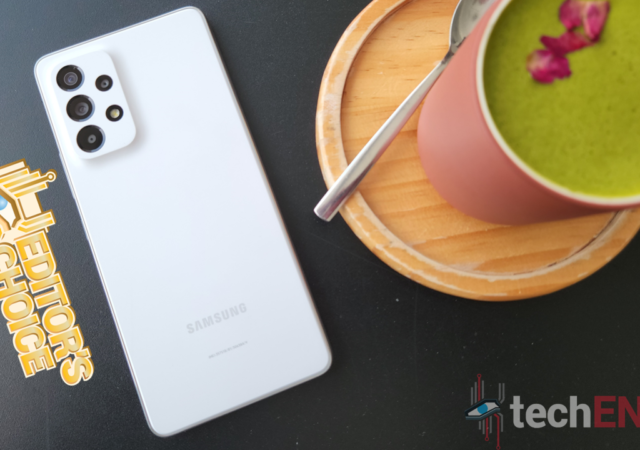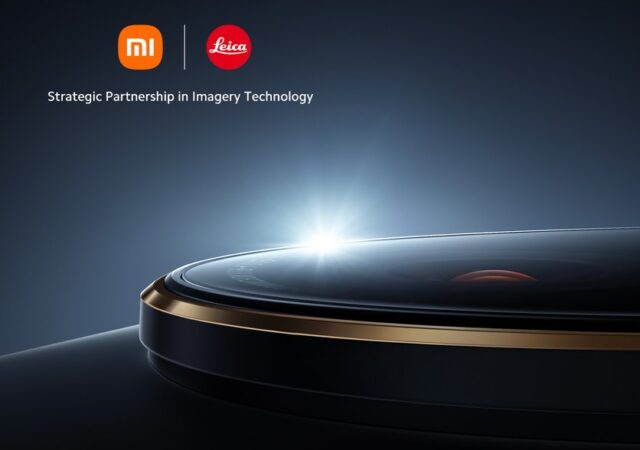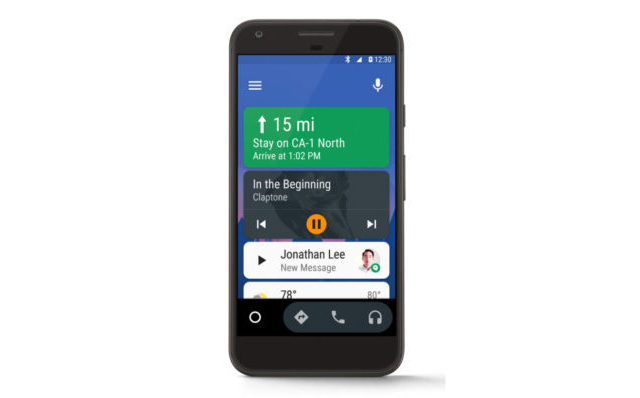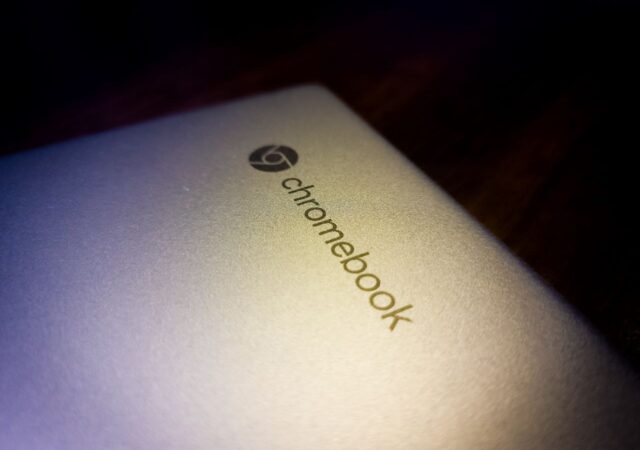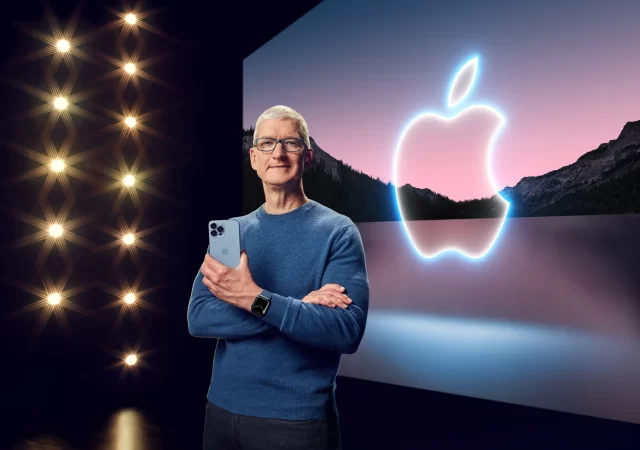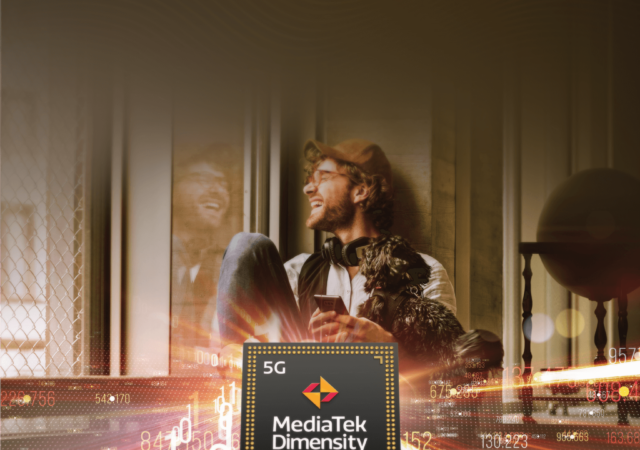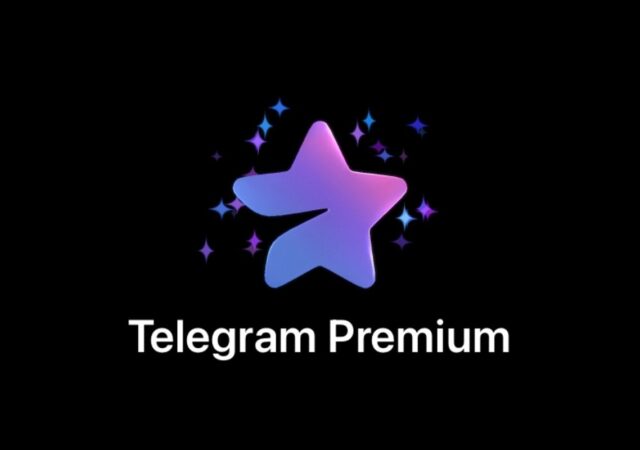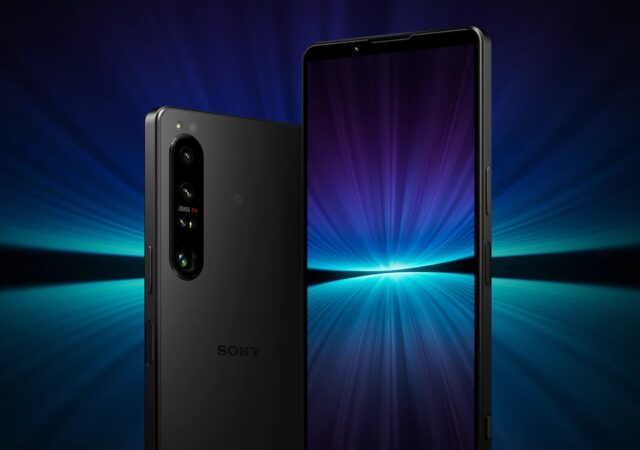Samsung’s Galaxy A53 is the mid-point of its revamped mid-range lineup. How does the true mid-ranger fare? We’re breaking it down.
Xiaomi and Leica’s Partnership is Real – First Devices to Feature Leica Branding Coming 4th July 2022
Xiaomi is launching their new flagship soon. Their new flagship also comes with a camera that is co-engineered with Leica.
Android Auto Says Goodbye to Phone Screens
Android Auto for Phone Screens seems to be bidding users farewell as Google starts limiting compatibility.
[Editorial] Daily Driving the Chromebook Part 4 – It Can Be Done, at a Cost
We tried living with the Chromebook for about two months. After two months we came to a conclusion to what we think about daily driving one.
More Apple Than Ever: Apple is Preparing to Launch More Products Beyond WWDC 2022!
Apple’s WWDC 2022 saw the Cupertino giant unpack a lot of things. It could be a pre-cursor to even more things from Apple Campus for 2022.
MediaTek Takes on Flagships with Dimensity 9000+
MediaTek announces the Dimensity 9000+ SoC for flagship smartphones with a ultra-powerful Cortex-X2 at its core to take on Qualcomm’s best.
The Megapixel Race is Back on with Sony Looking to Introduce 100MP Smartphone Camera Sensor
Sony is looking to introduce an IMX8 series smartphone camera sensor that breaches the 100-Megapixel count later in the year.
WhatsApp Now Allows You to Hide from Select Contacts and Mute Users in Group Calls
WhatsApp has just updated their app and brought some new privacy control and group call controls to users.
Sony Xperia 1 IV Available For Pre-order in Malaysia with Free WF-1000XM4
Sony’s latest flagship smartphone, the Xperia 1 IV, goes on pre-order in Malaysia for MYR6,099.



